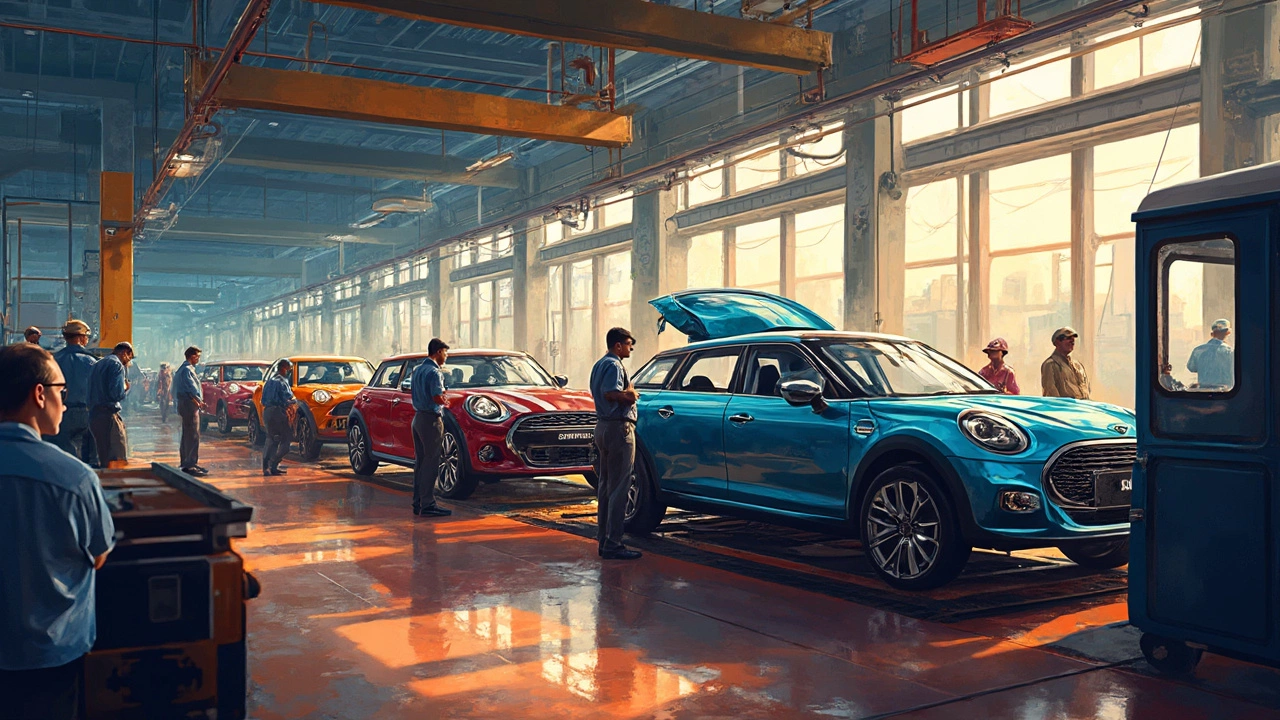Car Manufacturing: What’s Happening Now and How It Works
If you ever wonder how a car goes from a sketch on a designer’s desk to the vehicle you drive, you’re in the right place. Car manufacturing blends engineering, supply chains, and a lot of coordination. In this guide we break down the main steps, spotlight the technology that’s changing the game, and look at where the industry is headed.
Key Steps in Vehicle Assembly
First up is the body shop. Steel, aluminum, or newer lightweight materials are stamped into panels using massive presses. These presses hug the metal in seconds, shaping doors, hoods, and roofs. After stamping, robots weld the panels together. Robots are fast, consistent, and keep workers safer.
Next comes paint. The car body moves through a controlled booth where it gets a primer, a base coat, and a clear topcoat. Modern paint lines recycle heat and filter air to cut waste. Once the paint cures, the vehicle heads to the final assembly line.
At final assembly, components like engines, transmissions, wiring harnesses, and interiors are installed. Factories use a mix of human technicians and collaborative robots (cobots) to handle heavy parts and fine‑tuned tasks. Quality checks happen at every station – torque specs, leak tests, and software diagnostics ensure each unit meets standards before it moves forward.
The last phase is testing. A finished car rolls onto a test track where it undergoes brake checks, emissions tests, and safety validations. Any issue sends the car back for re‑work. When it passes, the vehicle is cleared for delivery to dealers.
Future Trends to Watch
Electrification is the biggest shift right now. Factories are adding battery packs and electric drivetrains alongside traditional engines. This requires new safety protocols and climate‑controlled storage for batteries.
Another trend is digital twins – virtual replicas of a production line. Engineers can simulate changes in the virtual model before applying them on the shop floor. This cuts downtime and helps predict bottlenecks.
Supply chain resilience matters more than ever. Companies are diversifying sources for chips, raw metals, and plastics to avoid single‑point failures. Some manufacturers even keep critical parts in‑house through 3‑D printing.
Finally, sustainability drives many decisions. Water‑based paints, recyclable materials, and energy‑efficient lighting reduce the factory’s carbon footprint. Some plants aim for net‑zero emissions by using solar panels and smart grid technology.
All these pieces – from stamping to digital twins – show that car manufacturing is a blend of hands‑on work and high‑tech solutions. Whether you’re a student, a car enthusiast, or someone thinking about a job in the industry, understanding these steps gives you a clearer picture of what makes a car roll off the line.
Keep an eye on the trends, because the next decade will bring more electric models, smarter factories, and greener processes. The road ahead for car manufacturing is as exciting as the vehicles it creates.
